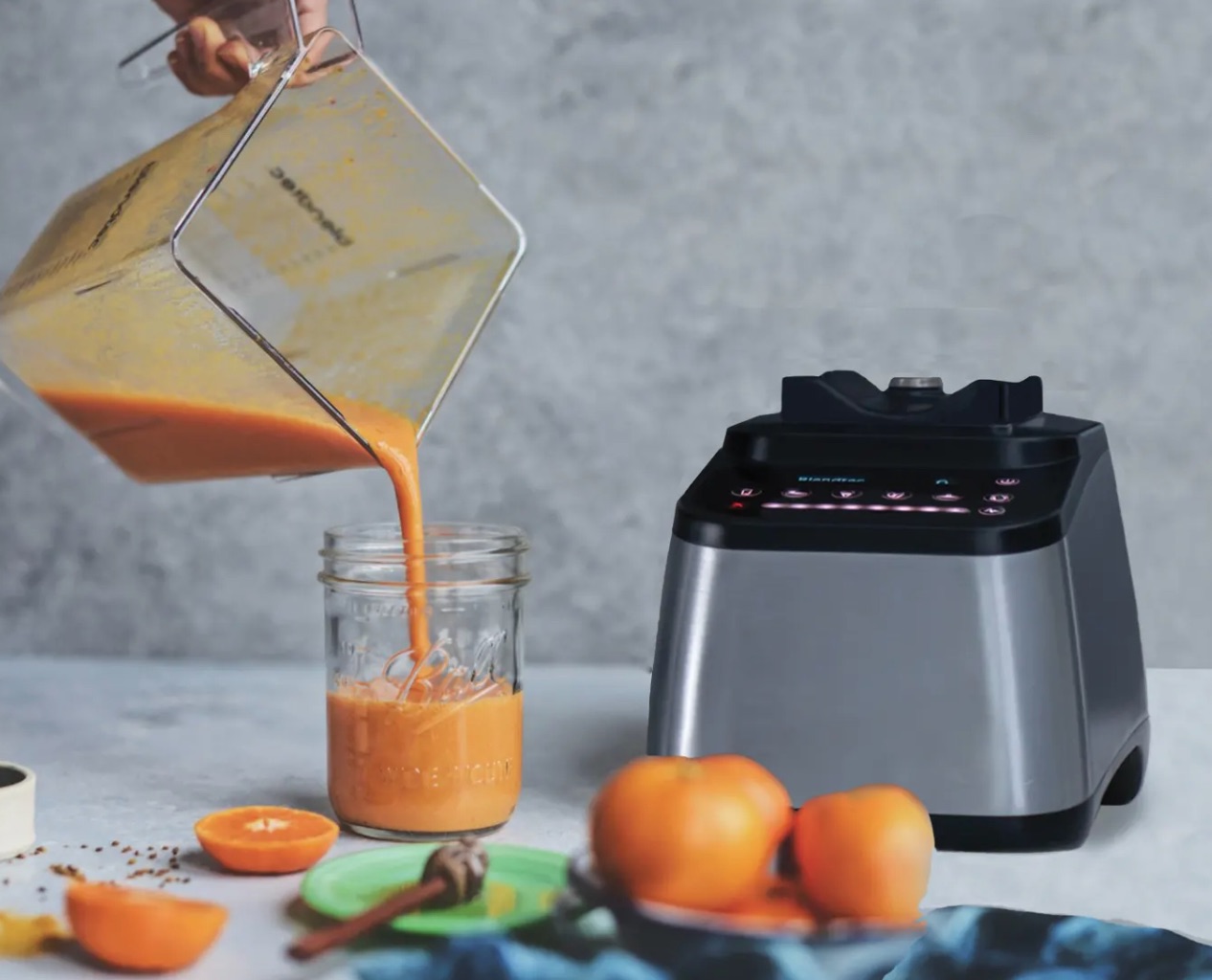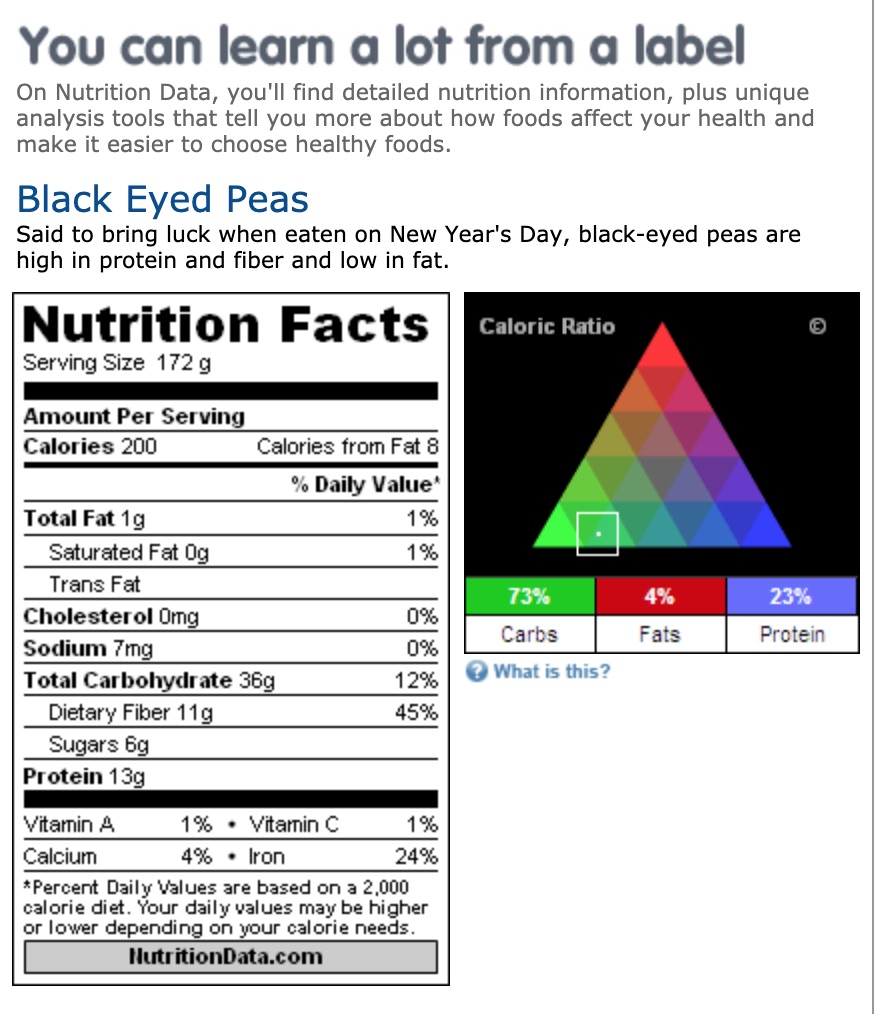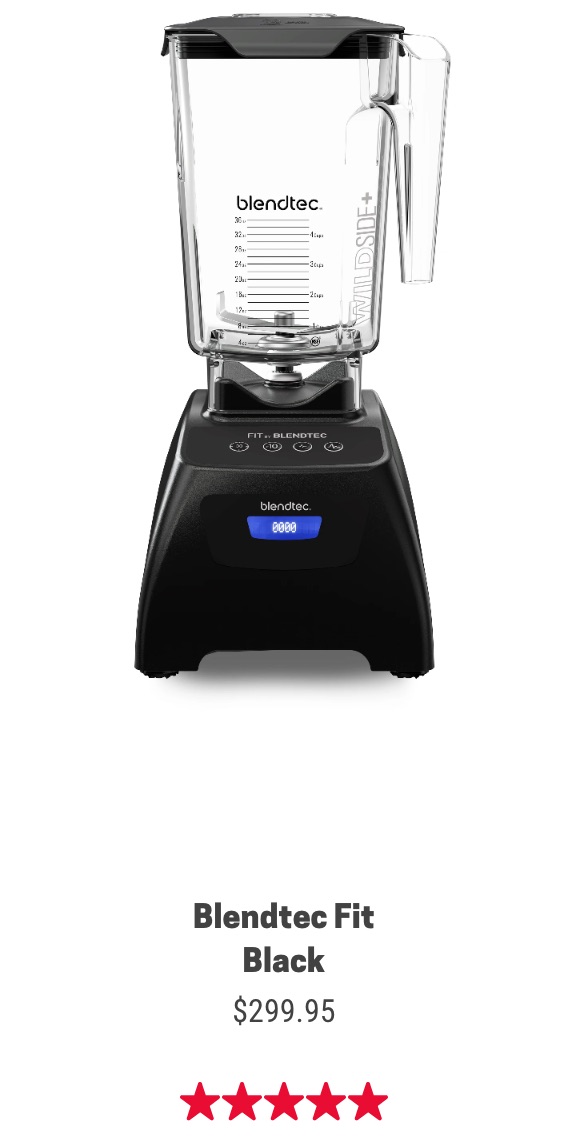
Smoothie Basics: Add Nutrition and Taste to Your Diet Now That You Have More Time at Home by Dr. Doug Green
With families staying home and preparing more food from scratch, consider making some breakfast smoothies. Kids should like these beverages and it’s easy to involve them in choosing the ingredients and pushing the button. Here is what you need to know.
Start With Your Goals
- You want something that is highly nutritious and good tasting. There are two basic kinds of smoothies, fruity and savory. I only make the former as the savory ones end up tasting like cold vegetable soup and at worst can seem a bit medicinal.
- If it’s going to be nutritious, all ingredients should qualify. Ideally, you have one or more from the berry group and at least one from the citrus group. For protein, I use no-fat plain Greek yogurt, but you should experiment with nuts. Walnuts and almonds are the best, but other nuts are fine and may even taste better. Cashews and pistachios work for me. You will also need some liquid as just using fruit and yogurt won’t spin too well and if it did you would have to eat it with a spoon. (Think humus)
Fruit Options
- I would start with strawberries and blueberries as my berry component. Raspberries and blackberries are fine too as long as your blender can pummel the seeds. For citrus I like oranges. Yes, I know they are a pain to peel but think of it as occupational therapy. Grapefruit is good too as are lemons and limes. If you use lemons and/or limes you may have to compensate by adding something sweet. If you need to add sweetness, try honey or maple syrup as they have as least some marginal nutritive value. You can also use jams or preserves. One of my secret ingredients is lingonberry jam.
- Just about any fruit works so go with what’s in season. Grapes are good as are apples (skins on no seeds), pears (skins on no seeds), peaches and apricots (skins on no pits), and kiwis (peeled).
- Another go-to ingredient is pineapple. I buy fresh uncut pineapples and process them myself. See YouTube if you need help. Also, consider more exotic fruits such as mangos or papayas. Don’t forget bananas. They always work well in smoothies and you don’t have to worry if they are a little too ripe. If you like them a little green they will add that taste to the finished product. Be sure to cut all fruit up to the size of a medium strawberry prior to adding it to your blender.
It’s Easy Being Green
- Just about all nutritionists recommend that leafy vegetables be a steady part of your diet. If you feel you need more than you are getting from your other meals, you can add some to your smoothie. If you add a small amount of greens to a fruit smoothie they will not change the taste much if at all. They will, however, impact the color of the final product depending on how much you use and what you mix them with.
- The king of smoothy greens is the trendy kale leaf, something that restaurants use to put on plates as an attractive garnish that no one ever ate. Other greens work too so if you have some kicking around for other reasons give them a try. Spinach looks like the second most popular green. One caution, adding greens to fruit-based smoothies can result in a final color that may or may not have great visual appeal. Think brown. It also might produce a drink that is bright green, a can’t miss item for St. Patrick’s day parties.
- If you search for smoothie recipes online you will find ingredients that go beyond fruit, juice, yogurt, and greens. Avocados are common as are items that will add some heat. Examples include cayenne pepper and jalapeño peppers. I’ve also seen rolled oats, but most things in your pantry are fair game.
Liquid Possibilities
- You need to add liquid to your smoothies to give them a drinkable consistency, just about any fruit juice will do. My list would include orange, cranberry, grapefruit, pineapple, and lemonade (already sweetened). There are many products on the market today that call themselves “Milk” but clearly do not come from a cow. Many are made from nuts like almonds and cashews. You don’t really milk a nut. You just boil them for a while and put them in a blender. Commercial outfits add other ingredients so check the labels to see what you are getting in terms of nutrition. Nutritionally, they are not a substitute for cow’s milk. You can also get coconut milk, which is easier to understand as it’s simply the liquid inside a coconut.
Slushies
- If you want a frozen drink you can add ice, but that might make the drink seem watery. Try freezing small fruits like grapes, blueberries, and small strawberries. Other fruits can be added frozen as well as long you cut them into smaller pieces (grape size) before freezing. You will need a heavy-duty blender for making slushy smoothies. The amount of frozen fruit you need will require some trial and error to get a drink that matches your preferences.

Nutrition Data for Any Item
- There is no dearth of controversy about what you should be eating for optimum health. Plant-based diets are becoming more popular and I have yet to see any smoothie recipes with meat in them. If you use yogurt, however, your smoothie won’t quality as vegan food since yogurt is made from cow’s milk. My goto site for checking the nutritional content of any food is NutritionData.self.Com. You can have it analyze a meal or any single ingredient. If you are looking to add or avoid something in your diet this site will help.

Your Blender
- If you have an inexpensive blender you can still make smoothies. Just don’t expect it to do as good a job as a more expensive model. It will probably have a problem if you try to put in ice cubes or frozen fruit. When my wife was diagnosed with ALS in 2006, I bought a Blendtec blender as it was powerful enough to blend any food and turn ice cubes into snow. They have competition in the high-end blender market, but I have been extremely satisfied with mine. I had a warranty issue and they made good on it with no problems. If you want a powerful blender they start around $300.
- There are a number of funny videos on YouTube where Blendtec demonstrates the power of their blender by blending none food items. Here is one where it blends an iPhone. In addition to the smoothie button, it also has buttons for ice cream, frozen yogurt, milkshakes, soups, syrups, fondues, sauces and dips, dressings, batters, and whole juice. I feel like it is smarter than I am, which is a good thing. (I am not being compensated by Blendtec for this post.)
One Sample Recipe
- As you gain experience you will know how much stuff to add to the blender and how much liquid to add. Blenders have volume marks on the side. If you want a 12 oz. drink, fill it to the 12 oz. mark. (duh) If you make too much you can keep the leftovers to start tomorrow’s batch. If I were to make one now based on what I have, here is what I would throw-in.
- One serving of yogurt, about half a cup. (I seldom measure anything.)
Three medium-size strawberries stem included – Think of it as a green leafy vegetable. A decent blender can make them disappear.
Two hand fulls of blueberries (the ratio of blueberries can impact the color of the finished product. The more you use the less appealing the color might be.)
One tablespoon of crushed flax seeds (for your omega-3 fatty acids)
One half of a medium-sized orange. I put the other half in my strawberry box for the next day.
Enough juice of the day to just cover the above ingredients. (Cranberry? Be sure to get real juice and not some product that contains high fructose corn syrup.) - Your blender should have a smoothie setting so put on the lid, hold on to it, consider using ear protection (I do), and let er rip. Smart blenders know when to turn off. From here on it’s trial and error. I have made some I like better than others, but I haven’t made one yet I didn’t drink. Let me know how it goes and be creative.
- Greger, Michael, and Stone, Gene, 2015. How Not to Die: Discover the Foods Scientifically Proven to Prevent and Reverse Disease, Flatiron Books: New York, NY.
DrDougGreen.com If you like the summary, buy the book





